C21 Canada is pleased to present our second blog in a series on Shifting Minds, our vision and framework for 21st Century learning in Canada. The document in its entirety can be downloaded here. Over the next few weeks we will be presenting a series of blogs that introduce the key elements of Shifting Minds. Our first blog focused on the nature of 21st Century models of learning and the principles that underlie Shifting Minds. This second blog focuses on 21st Century competencies.
First, it is important to emphasize that students will still require a firm foundation in literacy, numeracy and science to succeed and C21 Canada firmly believes that these areas of learning must remain a focal point for Canada’s education systems. The question is whether student achievement in literacy, numeracy and science can be substantially improved if Canadian schools adopt modern teaching and learning methodologies and technologies. The answer is yes, if we change what and how we teach. What we teach must be relevant to students and how we teach must engage them in their own learning. Adopting modern instructional practices will lead to higher levels of student engagement which in turn will lead to deeper levels of understanding and higher levels of achievement. Schools and teachers currently using 21st Century instructional practices and information and communication technologies are witnessing higher levels of student performance, increased levels of student engagement, and enhanced levels of teacher satisfaction.
However, in today’s world being highly skilled in literacy, numeracy, and science is merely a prerequisite for attaining the higher order thinking skills that world experts are calling for to meet growing economic, social and environmental requirements. A key element of 21st Century models of learning is the need to infuse 21st Century competencies into the mainstream curricula of Canada’s education systems. These higher order thinking skills are often referred to in modern education literature as 21st Century competencies. They are not entirely new learning concepts. However, two things have changed. First, they are profoundly different by definition and they are far more important than ever before.
What are these competencies?
C21 Canada has conducted extensive research on 21st Century competencies and the learning frameworks for these competencies that currently existing worldwide. While there is a high degree of consensus on the nature of these competencies, various jurisdictions and authors have depicted them in different ways, often to reflect local priorities and realities.
C21 Canada has consulted widely within Canada with a view toward offering Canadians a summary of the global work on 21st Century competencies but in a manner that reflects Canadian learning priorities and societal values.
C21 Canada has condensed this enormous body of knowledge into what Shifting Minds calls the 7 C’s of 21st Century learning. The 7 C’s are listed below, with brief descriptors. Readers will need to review the document in its entirety to benefit from a fuller description.
- Creativity, Innovation and Entrepreneurship: The ability to apply creative thought processes to create something of value. The capacity to create and apply new knowledge in innovative and entrepreneurial ways to create new products or solve complex problems.
- Critical Thinking: The ability to acquire, process, interpret, rationalize and critically analyze large volumes of often conflicting information to the point of making an informed decision and taking action in a timely fashion.
- Collaboration: The ability to interact positively and respectfully with others in creating new ideas and developing products;
- Communication: The capacity to communicate using a variety of media technologies and social networks and to access, analyze and managing large volumes of information.
- Character: The attainment of life skills, such as being a life-long and self directed learner proficient in managing personal relationships and resolving conflict.
- Culture and Ethical Citizenship: The capacity to comprehend Canada’s political, social, economic and financial systems in a global context, appreciate Canada’s cultural and societal diversity and understand society’s dependence on our natural systems.
- Computer and Digital Technologies: The capacity to use computers and digital resources to access information and create knowledge, solutions, products and services; the capacity to use social media for learning.
Although C21 Canada has identified Computer and Digital Technologies as a distinct competency, technology is quickly becoming ubiquitous in society and needs to be the same within Canada’s learning systems.
Imagine an education system focused on educators working with students to attain the above competencies. Imagine learning systems where students are encouraged to be as creative as they can be, and rewarded for using and creating knowledge in innovative and entrepreneurial new ways. Imagine a system where students are encouraged to collaborate and communicate with other students, educators and societal leaders located in other countries, virtually.
The reality is that this is where the world is going at an ever faster pace. It is essential that Canada’s learning systems begin to position our youth for success in a world we can only imagine.
John Kershaw
C21 Canada









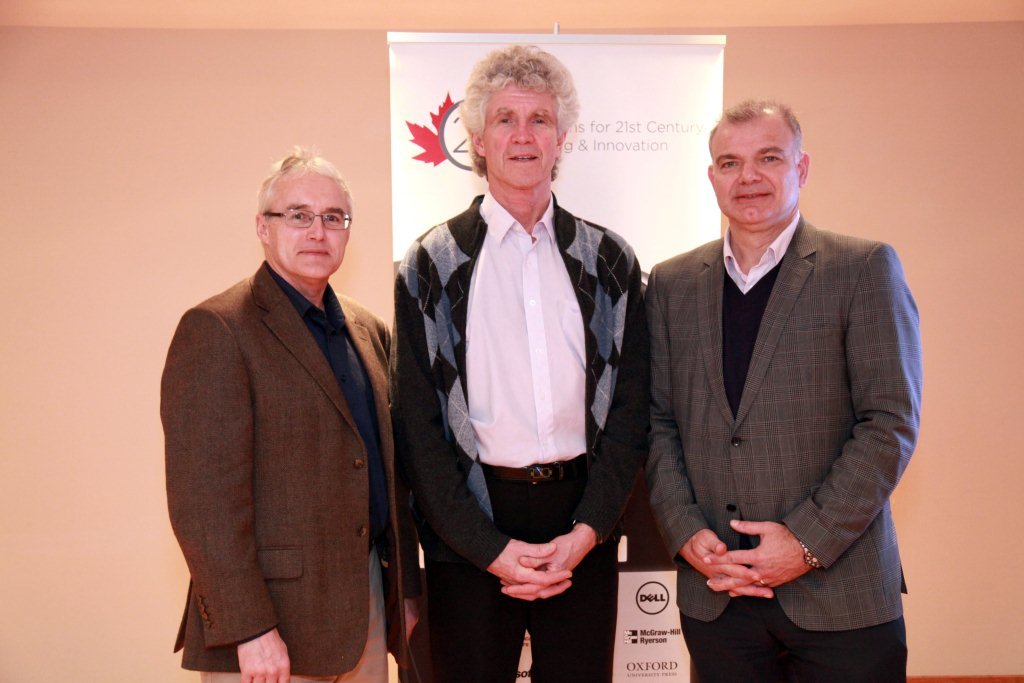
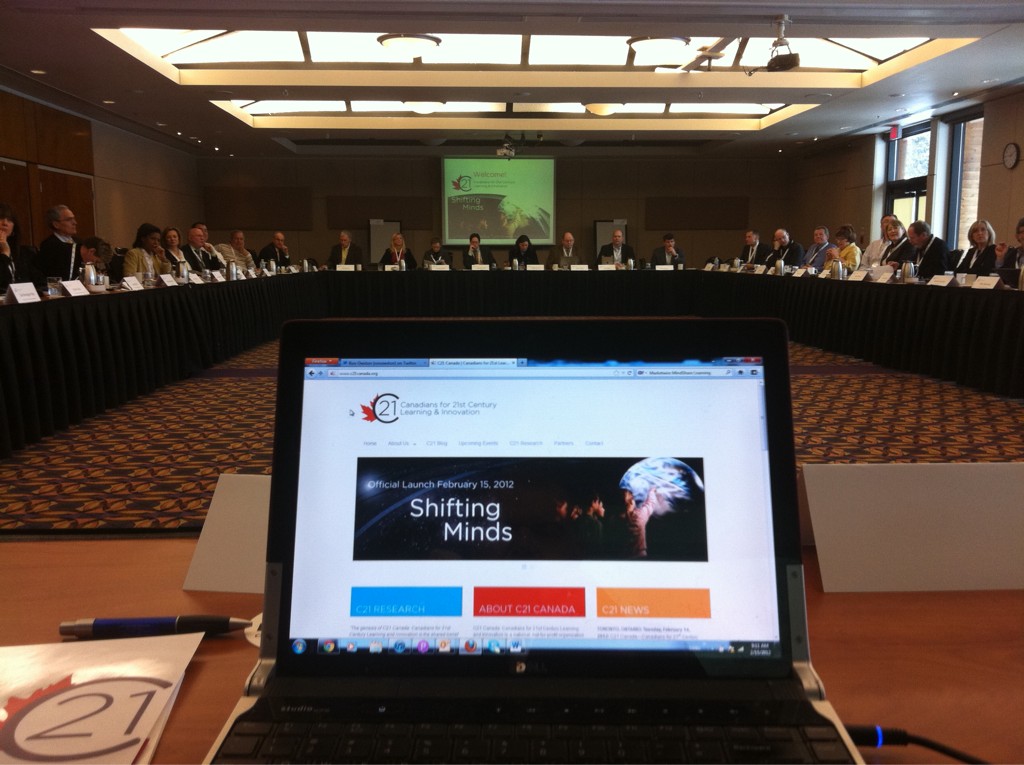
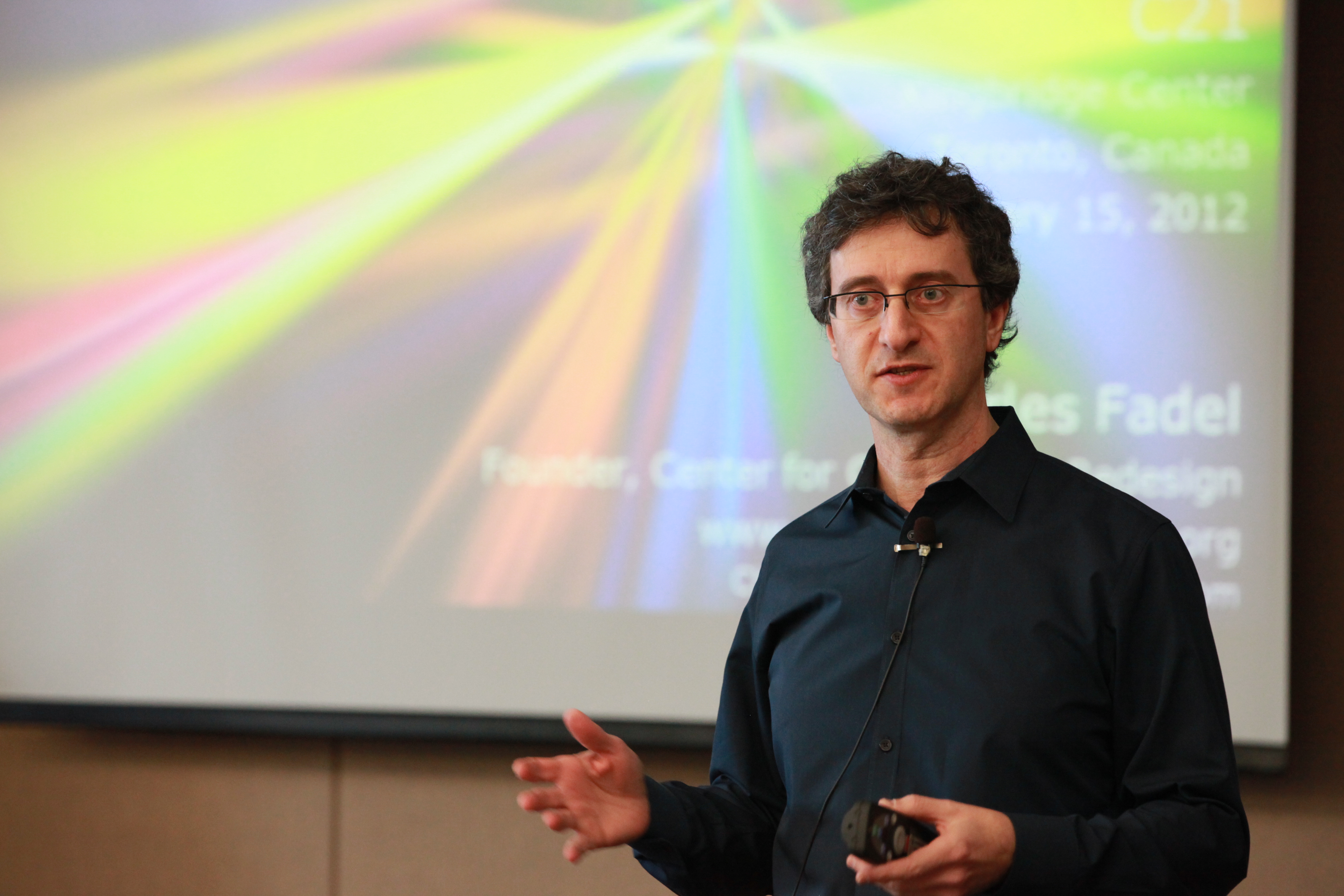

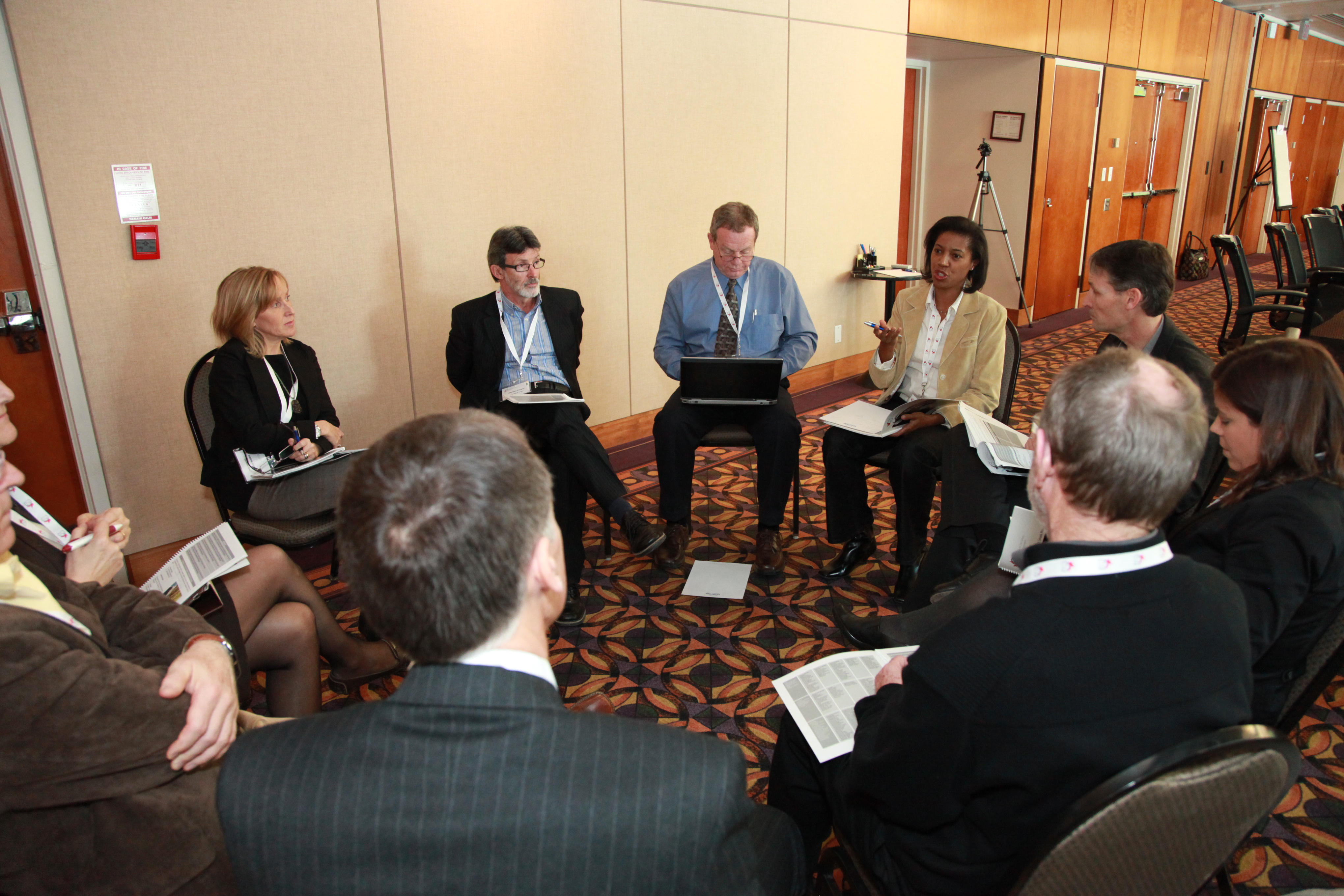





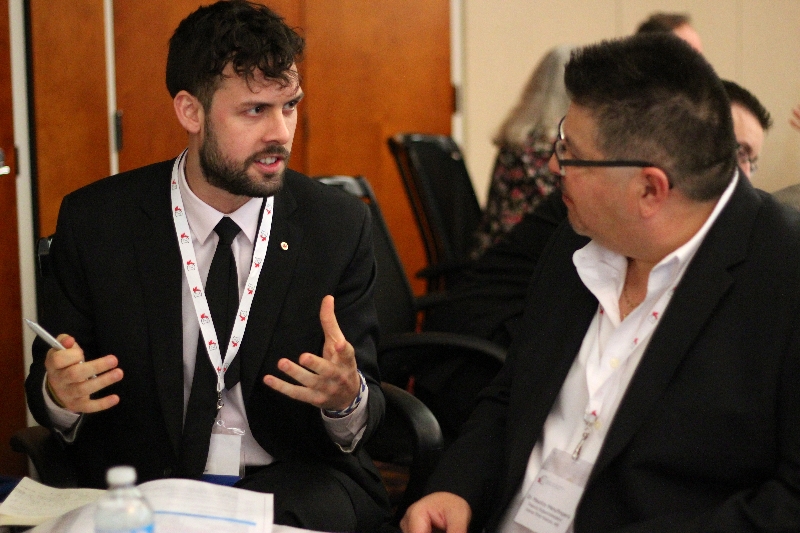





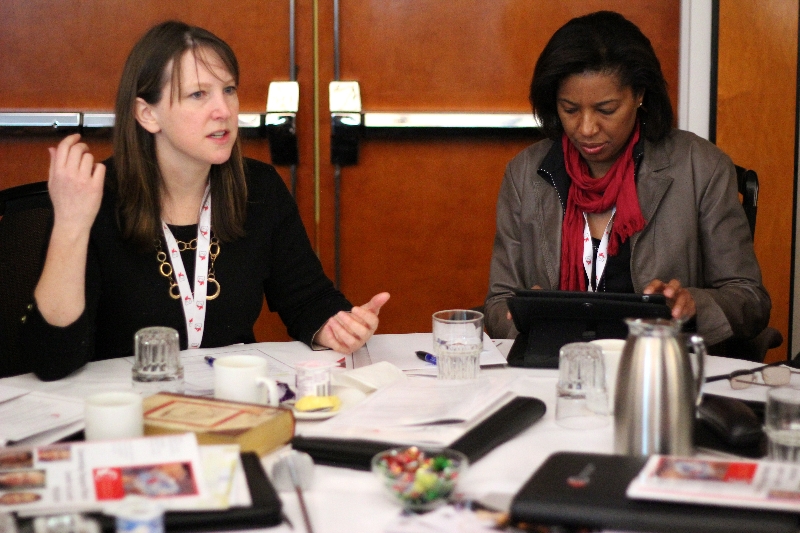

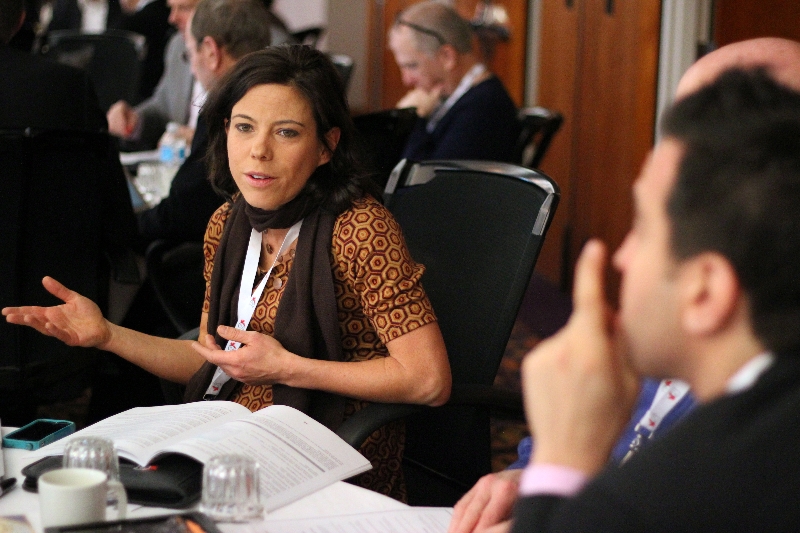

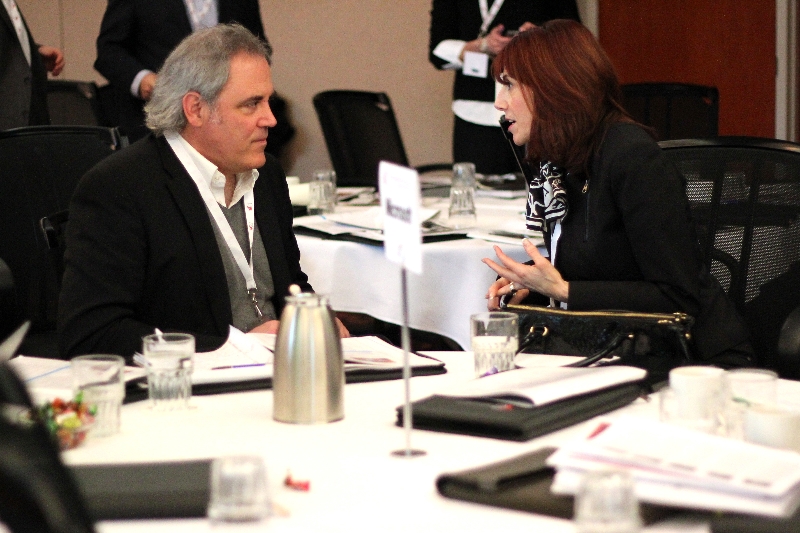


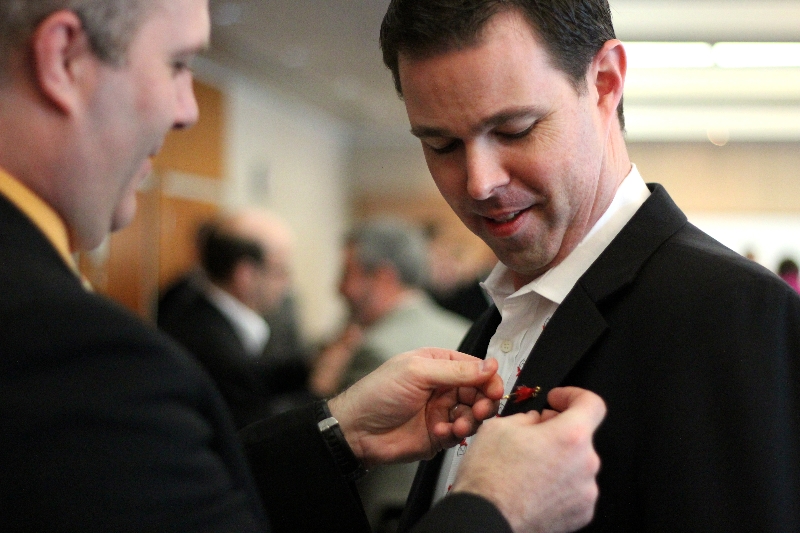
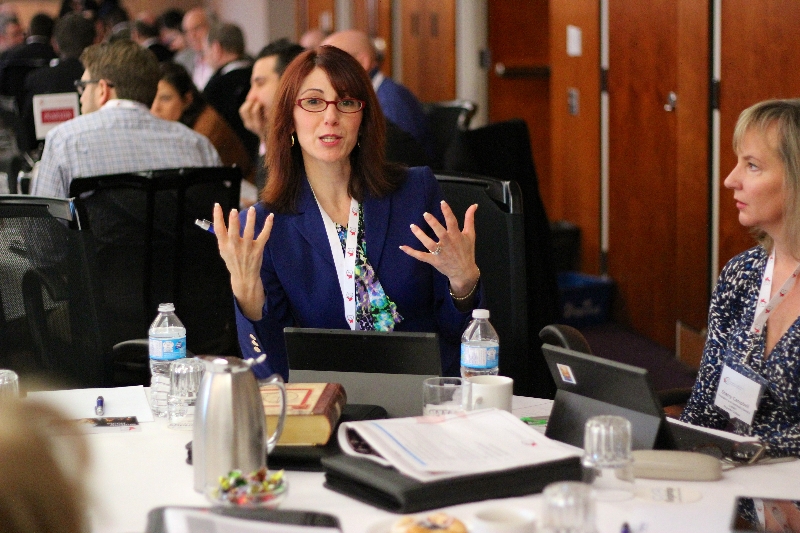
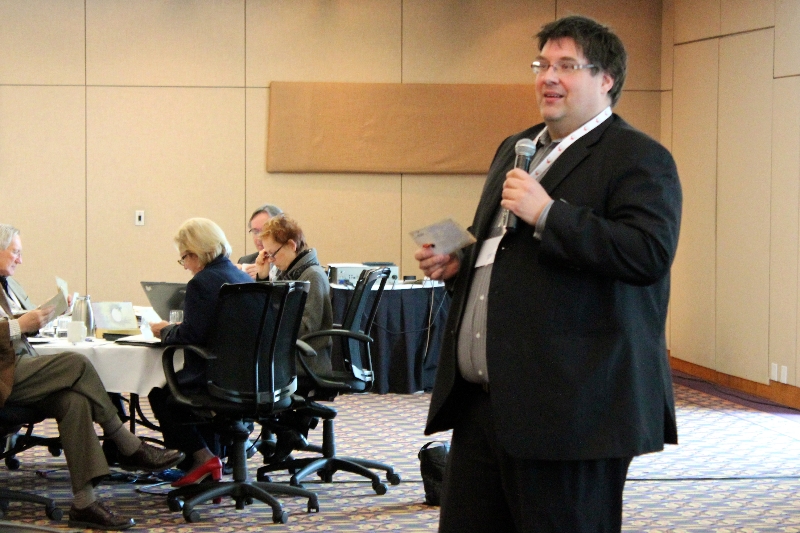
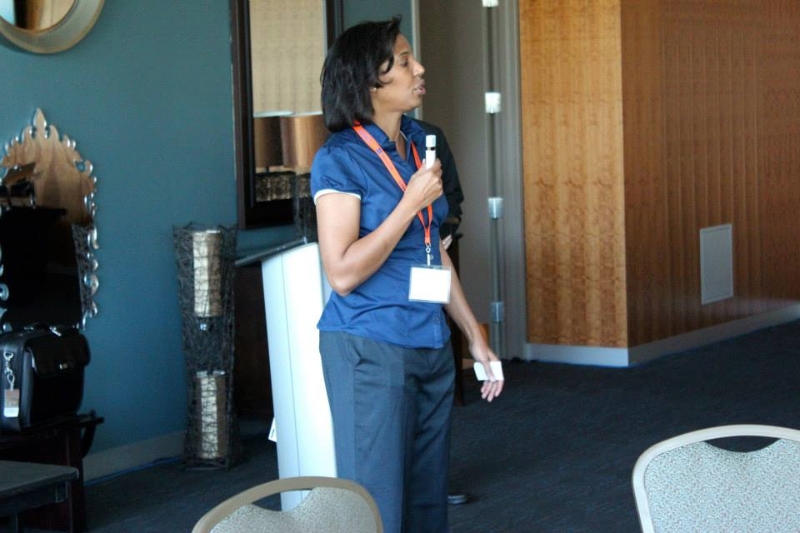

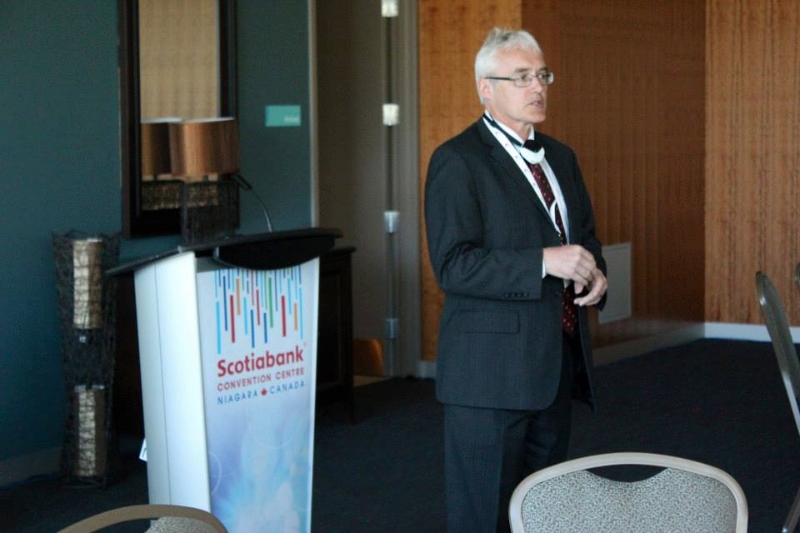
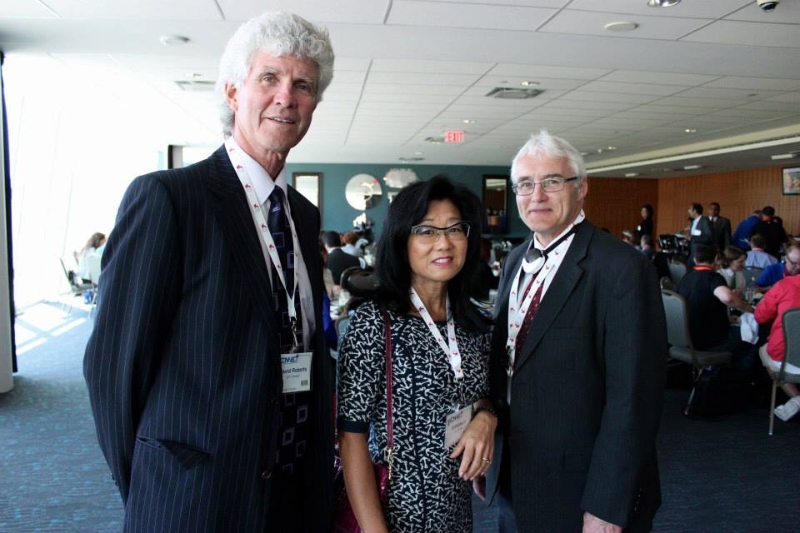






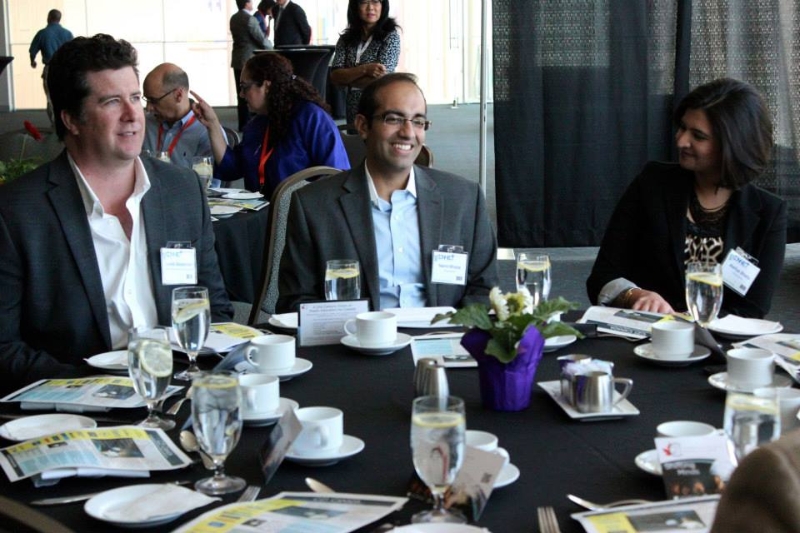

[…] of 21st Century models of learning and the principles that underlie Shifting Minds. The second blog introduced Shifting Mind’s seven 21st century competency themes. This third blog highlights the […]